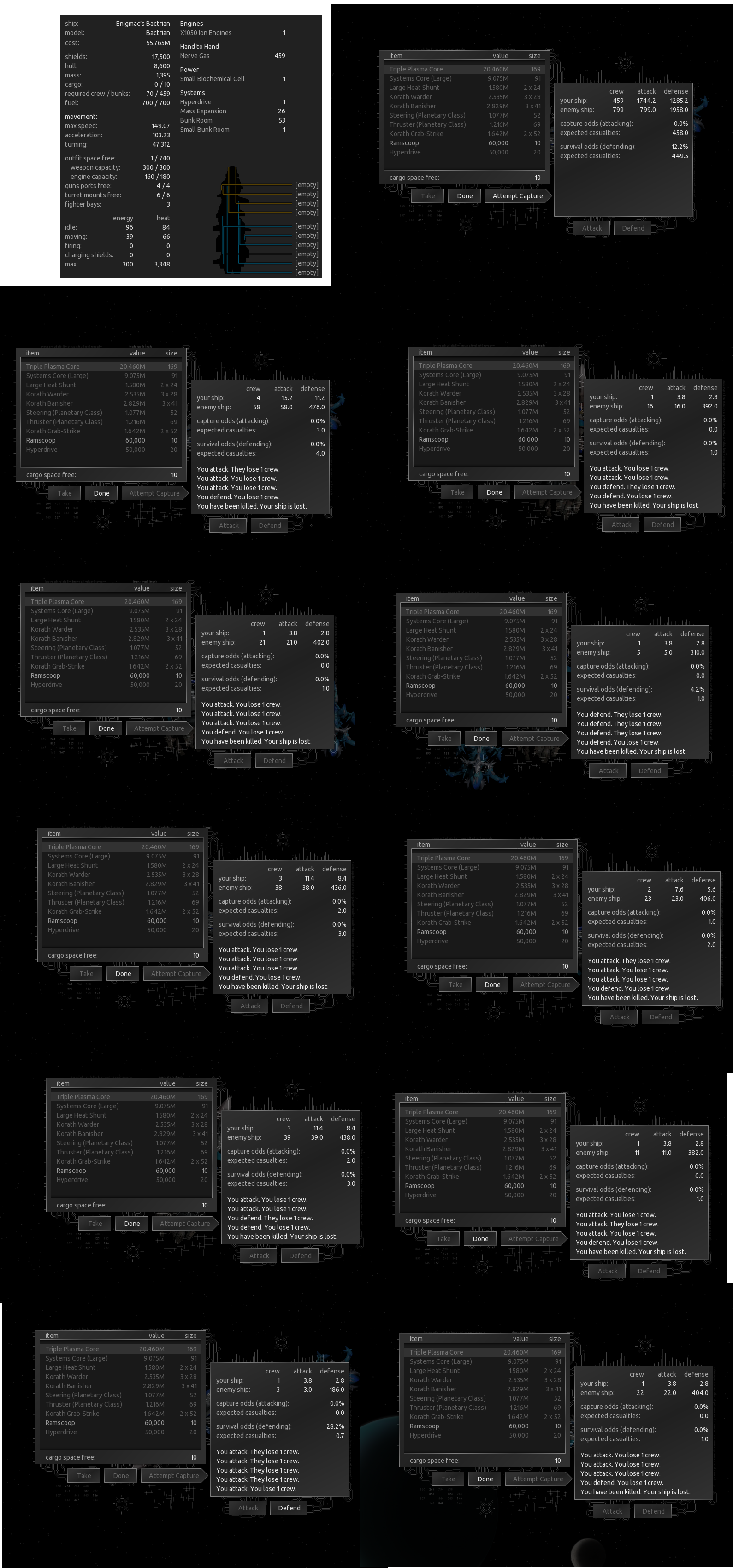

Years later in the south of India while searching for what would become our last overseas family home, we gazed out towards lush coconut palms and profuse mango trees with our prospective landlord. Over the years, this chain of connections has grown, link by precious link. And to my surprise I was gifted fine delicate filigreed silver – still displayed in my home today – precious tokens of treasured time and acceptance by my Omani friends. I was invited into homes, into yet more majlis tents, invariably with the traditional welcome of incense and strong coffee. They treated me with genuine respect and affection, revealing their proud and generous culture. When I taught English in the Sultanate of Oman, I certainly didn’t share the same historical lineage as my students – many a blend of Zanzibari and Omani – but the humour and gentleness with which they enveloped me was as welcoming as the warm Indian Ocean surrounding us. With the help of an interpreter, our woman and motherhood united us while moon-shadows danced over the warm glow of our canopy. Her eyes were lively, recalling those of my own grandmother, honest and warm with a playful hint of mischief. After a welcome of warm frothy goat’s milk, the matriarch took my hand in hers. Settling onto lush carpets and plumped cushions, the diminutive, abaya-wrapped matriarch slowly removed her veil. Yet once, in the desert under the fullness of the new moon, I was invited into a ladies’ Arabian tent. There have been times during these enriching experiences that I have felt as connected as if they were family… as if of my own tribe.ĭuring my time in Qatar, there was slim chance of claiming a long-lost ancestor. Of my own personal odyssey, I’ve come to appreciate that my joy of cultural nuances has actually revealed a common humanity that is stripped of boundaries.

Nonetheless, I would be proud if any part of my heritage owes something to their courageous spirit. While some thrived, others found themselves destitute in an unfamiliar, foreign land. Young women also joined that migration, some following their sailor, others in the quest for employment. Perhaps my genes are drawn from one of the many Norwegian sailors who sailed southward to join the Dutch Navy in the 1700’s. While working as a tour guide in Norway, I wove stories and historical tales while often secretly imagining a link to my Dutch mother’s lineage. It is Scandinavian and perhaps part of me had hoped for this. Which leads me back to my unexpected strand of DNA.

I also believe there’s an innate desire to feel tangibly connected to the world, to affirm our place on this earth we call home. We yearn to stride through the airport, passport gleefully in hand, excited to once again traipse through familiar or unexplored streets in distant places. These tendrils of connections, some long-lasting, others more fleeting, are always meaningful and have changed me in often imperceptible ways.ĭuring these past twelve months or so of the pandemic, many of us have dearly missed traveling. Is this not why we travel and step out beyond our comfortable boundaries? Is it not to rejoice in the connective tissue that we all share, the common pathways of humanity? The lives of many people have intersected my travels and the places I’ve called home. They also humble me and time and time again, I’m reminded of just how similar we all are. It is the weaving of human interactions and narratives that inspire and fascinate me. I’ve gleaned stories from bustling bazaars and affable street vendors, from sacred temples and on slow-travelling trains. Yet I was intrigued to see an unexpected strand of heritage.Īs a traveller and someone who has lived a global life, I’m a passionate collector of histories, people and places. As expected, predominant strains of Northern European, mostly Dutch and British, confirmed my lineage. This past year I decided to take a DNA test, even though I had a pretty clear idea of what the results would reveal.


 0 kommentar(er)
0 kommentar(er)
